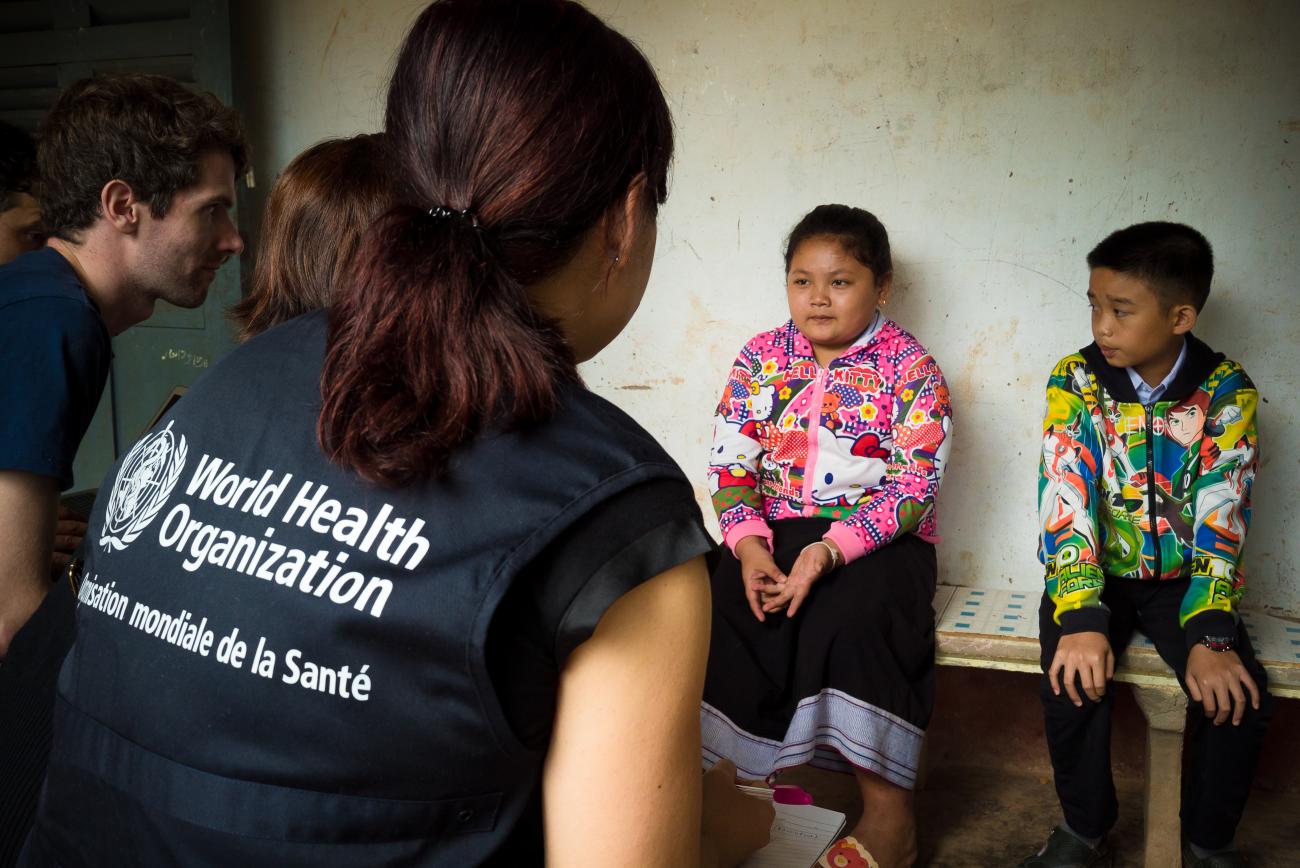WHO is committed to helping countries and their health systems adapt to climate change. Strengthening climate resilience at community level is a key part of WHO and UN strategies to achieve this.
But how do things look at village level? Are people aware that climate change might impact their health? What are they already doing to adapt to this emerging health threat? And – most important of all – how can health authorities and international development partners best support village-level climate resilience?
A team from WHO’s Country Office in Lao PDR went to two rural areas of Savannakhet province (Atsaphone and Outhoumphone districts) to try to answer these questions.
About 14km drive on a bumpy road from the district capital, the WHO team and a colleague from the district health department arrive in a village. Around ten villagers are gathering outside the village office. They are ready to participate in a focus group discussion about climate change and its impact on health.
The villagers are not very familiar with the term “climate change”. It is not an easy concept to express in Lao. But they are familiar with how changing weather impacts their health. They say:
“In rainy season people get dengue. In dry season people get coughs.”
In 2019 the dry season has been longer than normal. The district is experiencing a drought and villagers certainly feel the impact of this.
Villagers worry about their livelihoods and having enough to eat. One villager complains:
“The drought ruins our crops, we cannot produce rice without water.”
Other villagers nod and agree:
“We have a pond nearby but that is not enough, everyone needs it and there is no more water if it dries up.”
Villagers in both the districts visited have similar stories. What people are most worried about is the damage the drought is doing to their crops. There is talk of what the communities are doing to address this. Villagers have shared seeds with neighbours whose crops have failed. There is talk of new water sources, better irrigation and planting new rice varieties that need less water.
As well as conducting focus groups the WHO team also interviews village officials, village health volunteers, district-level health staff and officials from Namsaat, the rural water authority. They hear about district-level multi-agency Disaster Prevention and Control Committees as well as how the health sector mobilizes for emergencies.
Though the sample size is relatively small, the study results can give valuable insights to inform future work on climate change resilience in rural Lao PDR. This will take place as part of a project between the government and international partners (WHO, UNDP, Global Environment Facility) to build climate-resilient capacity in the health sector.
More details about the project can be found here: bit.ly/2TqwODL.



